How to grow dill hydroponically?
Dill varieties
Botanical references state that this umbrella plant exists in a single form - fragrant dill, or garden dill (Anethum graveolens). But you can't fool a gardener, there is only one species, but there are many varieties. Dozens and each can be grown hydroponically.
The most famous are the following:
- early - Grenadier, Gribovsky, Dalny, Umbrella;
- mid-season - Lesnogorodsky, Kibray, Uzory, Umbrella;
- late ripening - Salute, Buyan, Alligator, Amazon (better suited for long-term production of greens).
The early ones are good in dried form as spices, the late ones are better in the form of greens, and the middle ones are two in one (both spice and herbs).
Recently, bushy varieties have become popular, they give a lot of branches, which is convenient for commercial production.
What do you need to grow?
The method of growing plants without soil has been known for a long time. We put the bouquet in a vase and poured water. And, lo and behold, the flowers did not wilted, but took root. People noticed a long time ago and guessed that in this way you can not only prolong the life of plants, but also grow from seeds. In the middle of the XX century. the industrialization of the agricultural sector and the development of greenhouses have transformed hydroponics from the leisure of the enthusiast to the rank of industrial production.
If you seriously deal with the issue, then growing dill in hydroponics at the initial stage will require some investment in equipment and materials. You can't manage with jars alone and you will be tortured to change the water in them. We need:
- container with nutrient solution;
- timer pump;
- system of hoses and valves;
- flow pipes with cutouts for cups;
- a heating element with a thermal relay to maintain the temperature of the solution in the range of 24-28 ° C;
- cups with a lattice bottom and with an embedded substrate (moss, straw, expanded clay, artificial porous substances);
- sprouted seeds.
The principle of operation is as follows: the seeds are placed in cups, into which a nutrient solution is periodically fed. Or, alternatively, the solution flows through pipes in which there are cups. Due to the flow, the liquid is aerated and enriched with oxygen, it does not stagnate and does not grow moldy. But the substrate is constantly in a moist state, which is very important.
The roots will die if they do not hide in a humid environment, the air is destructive for them.
The solution, which has passed through the substrate, will deliver nutrients to the roots and drain into the pipes, from where it is pumped into the container. Then the cycle is repeated according to the program set through the pump start timer. Resembles the circulatory system in animals.
The roots continue to grow and the dill develops stems, twigs and an umbrella. What you need for the table and kitchen.
How to germinate seeds?
Dry seeds thrown into the soil or in cups with a substrate will not germinate for a long time. They are hindered by the presence of essential oils, for which we love dill as a spice. Under natural conditions, the seeds are in the ground from autumn to spring, and the oils evaporate on their own. Hydroponics will not wait, so we soak the seeds for 2-3 days and change the water regularly.
The seed is freed from oils, swells, the embryo wakes up in it. At the same time, rejection occurs. Drowned heavy seeds are healthy, with great germination potential. Those that remained afloat, most likely, will not germinate. We get rid of them.
We wrap the seeds prepared in this way in a damp cloth, let the roots hatch in such mini-greenhouse conditions, which will happen on the second or third day. Now you can plant.
Profitable business
Growing dill in hydroponics is not only a pleasure and an opportunity for food variety, but also a profitable business.True, this requires production volumes and reliable sales. Plucked dill is not stored for a long time, and there is only one way out for unsold products: canning and drying.
If you have a desire to start dill production, you should take into account some features:
- Dill is a light-loving plant, in winter you cannot do without additional illumination, pre-budget the costs of lighting and changing burned-out bulbs.
- Dill is almost not susceptible to diseases and pests, but mold always lurks in a waterlogged substrate, you cannot let it out of control, if you suspect that the seeds are infected, they should be pickled in a weak solution of potassium permanganate or in another disinfectant.
- The planted dill will be ready to be harvested at almost the same time in all pots, so make a time shift when planting from five to ten days, then the harvest time will be extended and new planting will begin even before the last ones have broken off.
Otherwise, everything speaks in favor of the business of dill cultivation. Costs are minimal, the harvest is stable, sales are ensured even in the summer with a massive supply from summer residents. Demand is higher in summer than in winter. In the summer, salads and greens every day, and not from time to time, as in the cold season. Besides, there are many holidays in Russia. And what a holiday without dill?
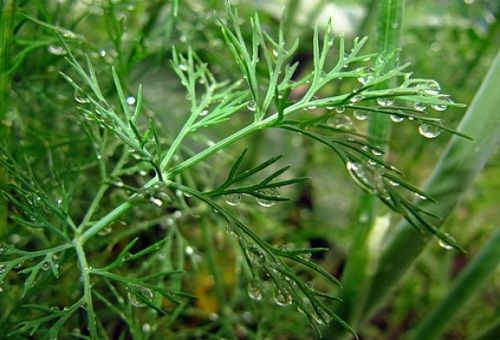
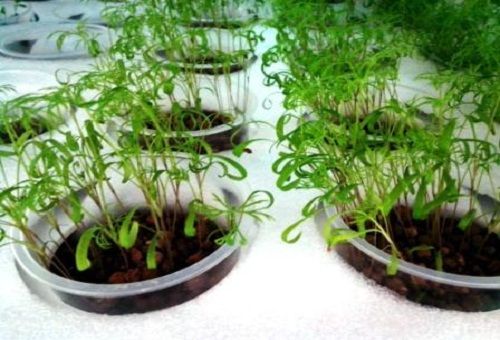
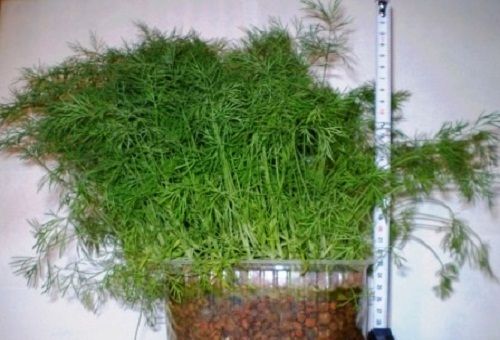
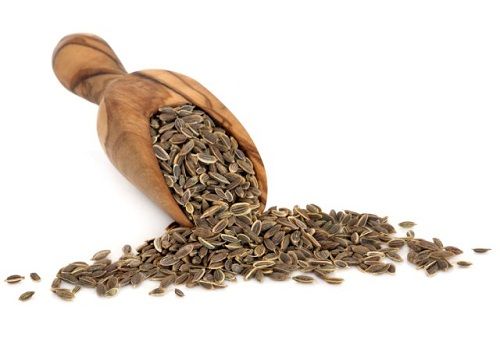
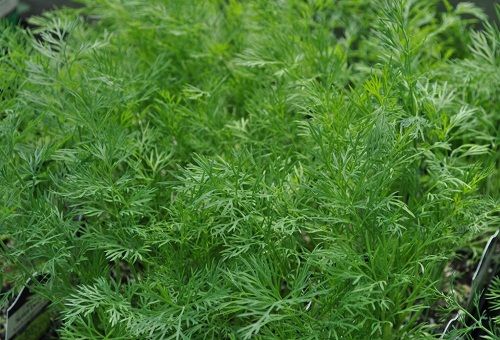
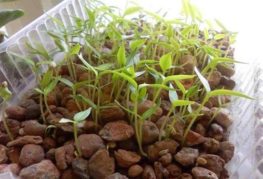
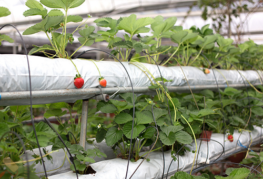
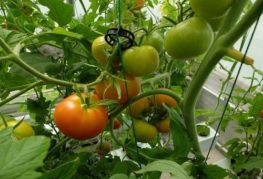
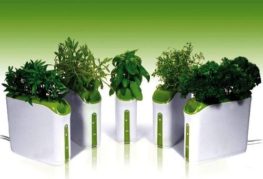
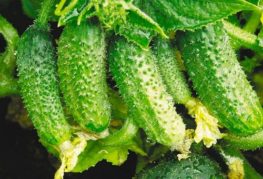
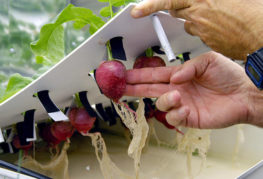
and will be published shortly.